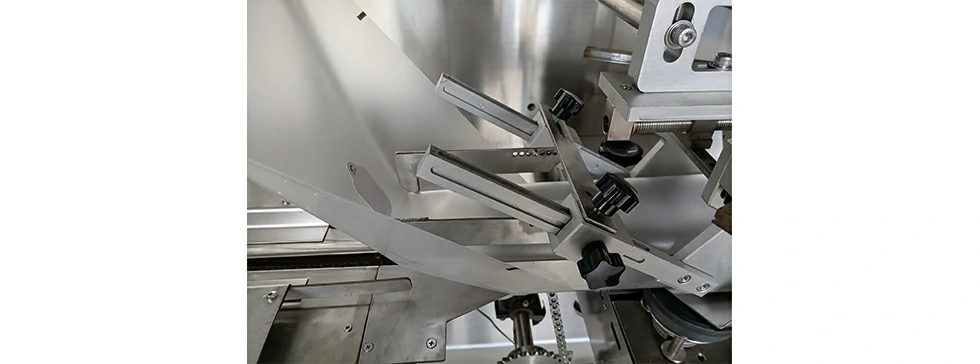Non-woven wet wipes machines ensure compatibility with sterilization processes by incorporating several key features and considerations:
- Material Selection: Non-woven materials used in wet wipes production are chosen for their compatibility with sterilization methods such as gamma irradiation, ethylene oxide (EtO) sterilization, or steam sterilization (autoclaving). These materials are typically heat-resistant, chemically stable, and free from contaminants that could affect the sterilization process or the quality of the wipes.
- Heat Resistance: Components of the wet wipes machine, including machine frames, conveyors, and contact surfaces, are constructed from heat-resistant materials capable of withstanding sterilization temperatures. Stainless steel is commonly used for its durability, corrosion resistance, and ability to withstand high temperatures during steam sterilization.
- Smooth Surfaces and Sealed Design: Wet wipes machines feature smooth surfaces and sealed enclosures to prevent the accumulation of contaminants and facilitate easy cleaning and sterilization. Crevice-free designs minimize the risk of microbial growth and ensure thorough sterilization of all machine components.
- Removable Parts and Tool-less Disassembly: Machine components that come into direct contact with wet wipes, such as forming rollers, cutting blades, and filling nozzles, are designed for easy removal and disassembly without the need for specialized tools. This facilitates thorough cleaning and sterilization of critical parts to prevent cross-contamination between production runs.
- Validation and Qualification: Wet wipes machines undergo validation and qualification processes to verify their compatibility with sterilization methods and ensure consistent performance. This may involve testing the effectiveness of sterilization cycles, non woven wet wipes machine verifying temperature and pressure parameters, and conducting microbial validation studies to confirm microbial reduction.
- Integrated Sterilization Modules: Some wet wipes machines may include integrated sterilization modules or chambers for in-line sterilization of components or packaging materials before wet wipes production. This ensures that all materials entering the production process are sterile and free from microbial contamination, minimizing the risk of product spoilage or contamination.
- Monitoring and Control Systems: Wet wipes machines are equipped with monitoring and control systems to ensure optimal sterilization conditions throughout the production process. Temperature, pressure, humidity, and sterilization cycle parameters are closely monitored and controlled to maintain the effectiveness of the sterilization process and ensure product safety and quality.
- Documentation and Compliance: Manufacturers of wet wipes machines provide detailed documentation, including operation manuals, maintenance procedures, and validation reports, to support compliance with regulatory requirements for sterilization processes. This documentation helps operators understand and follow proper sterilization protocols to ensure the safety and efficacy of the wet wipes produced.
By incorporating these features and considerations, non-woven wet wipes machines ensure compatibility with sterilization processes, enabling manufacturers to produce safe, high-quality wet wipes for a variety of applications, including healthcare, personal care, and hygiene.
